American travel magazine Fodor's Travel put Ha Long Bay on the "No list" with recommendations that tourists should reconsider if they want to visit to preserve the destination.
After announcing the "Go list", Destinations to visit, American travel magazine Fodor's Travel earlier this month continued to announce the top "No list" with 9 destinations not to visit in 2024.
The "No list 2024" is based on three main criteria that affect tourism: overcrowding, waste generation, water quality and resources, things that harm the destination and affect the lives of local people. Vietnam's Ha Long Bay is mentioned in the "waste generation" criterion.
According to the US magazine, activities such as sightseeing boat trips and the growing fishing community are contributing to the waste and diesel in the country. Efforts to limit environmental pollution are easily broken and "only half-heartedly implemented".
Recognized as a UNESCO World Heritage Site in 1994, Ha Long Bay in Quang Ninh Province is famous for its approximately 1,600 large and small islands, located 3 hours from Hanoi. Overtourism and marine pollution have been assessed to have put pressure on the bay's ecosystem for decades. The number of visitors to the bay in 2022 was more than 7 million and is expected to reach about 8.5 million in 2023, according to statistics from Fodor's Travel.
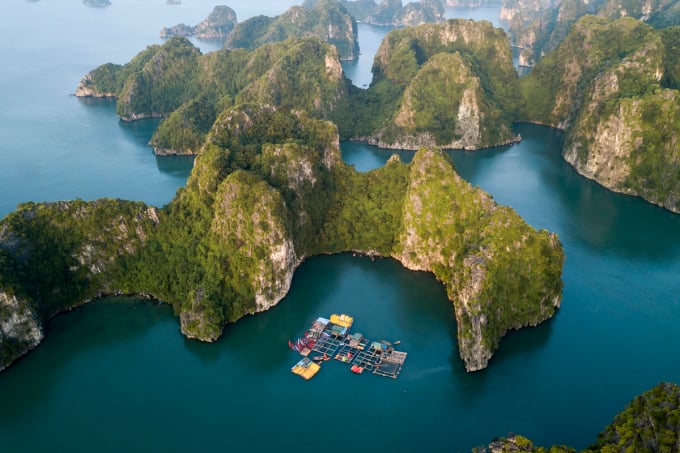
View of Ha Long Bay from a seaplane. Photo: Khai Phong
Water bottles, plastic bags, Styrofoam cups and fishing-related trash are often seen floating on the water, along with oil slicks from tourist boats. Trash also comes from residential areas and fishing communities along the beaches.
“Trash is definitely an issue and will be part of your experience. You may encounter huge, horrible patches of trash or small pieces scattered around,” wrote Johnny Chen, a traveler who spent a month in Vietnam in April 2023 about his experience in Ha Long Bay. Chen added that these are things that visitors would not know from looking at the bay on postcards.
Other tourists have had similar experiences and shared reviews on Tripadvisor saying the bay is polluted with styrofoam trash and has a greasy "scum" that floats in waves.
A 2020 study estimated that more than 28,000 tons of plastic waste are generated annually in Ha Long Bay, of which nearly 5,300 tons end up in the ocean, equivalent to 34 tons of waste generated daily from tourism activities. The waste problem affects not only the tourist experience but also the fragile ecosystem of the bay. The bay used to have 234 types of coral reefs, but only half of them remain, according to Fodor's Travel.
David, who studies marine pollution in the bay and has lived in Hanoi for more than five years, said another problem that exacerbates the waste problem is the growing fishing community around the bay. The floating shells made of polystyrene, a thermoplastic, break down over time and form powder that washes up on beaches. These microplastics are now found in fish, posing a threat to food safety. Ha Long Bay also has 20,600 hectares of aquaculture ponds. The government recently required fish farms to switch from polystyrene to sustainable alternatives. Many of the discarded polystyrene buoys are then dumped into the bay. According to the Ha Long Bay Management Board, about 10,000 cubic metres of waste, including polystyrene buoys, have been collected since March, and said they are being collected daily.
Many Vietnamese tourists also expressed concern that if the problem of waste in the bay is not controlled, Ha Long Bay could become heavily polluted in the coming years and face UNESCO considering stripping its heritage status.
Fodor's Travel adds that travel restrictions will impact many people's lives in the short term. But failing to protect Ha Long Bay could have long-term consequences.
In addition to Ha Long Bay, two other destinations in the category related to waste are the San Gabriel Mountains National Monument in the US and the Atacama Desert in Chile. The remaining 6 names on the No list include: Venice in Italy, Athens in Greece, Koh Samui in Thailand, the Ganges River in India, and Lake Superior in North America.
The "No List" was published to encourage travelers to find alternative destinations next year if they intend to visit the 9 areas mentioned above. According to travel experts, the list is not intended to "put down or criticize" but to show respect and want to protect these famous destinations. "We love these destinations and so do you. But our crazy admiration and constant need to experience do not help destinations develop sustainably," the American magazine wrote.
Anh Minh (According to Fodor's Travel )
Source link


![[Photo] Party and State leaders attend the special art program "You are Ho Chi Minh"](https://vphoto.vietnam.vn/thumb/1200x675/vietnam/resource/IMAGE/2025/5/18/6895913f94fd4c51aa4564ab14c3f250)
![[Photo] Many young people patiently lined up under the hot sun to receive a special supplement from Nhan Dan Newspaper.](https://vphoto.vietnam.vn/thumb/1200x675/vietnam/resource/IMAGE/2025/5/18/6f19d322f9364f0ebb6fbfe9377842d3)
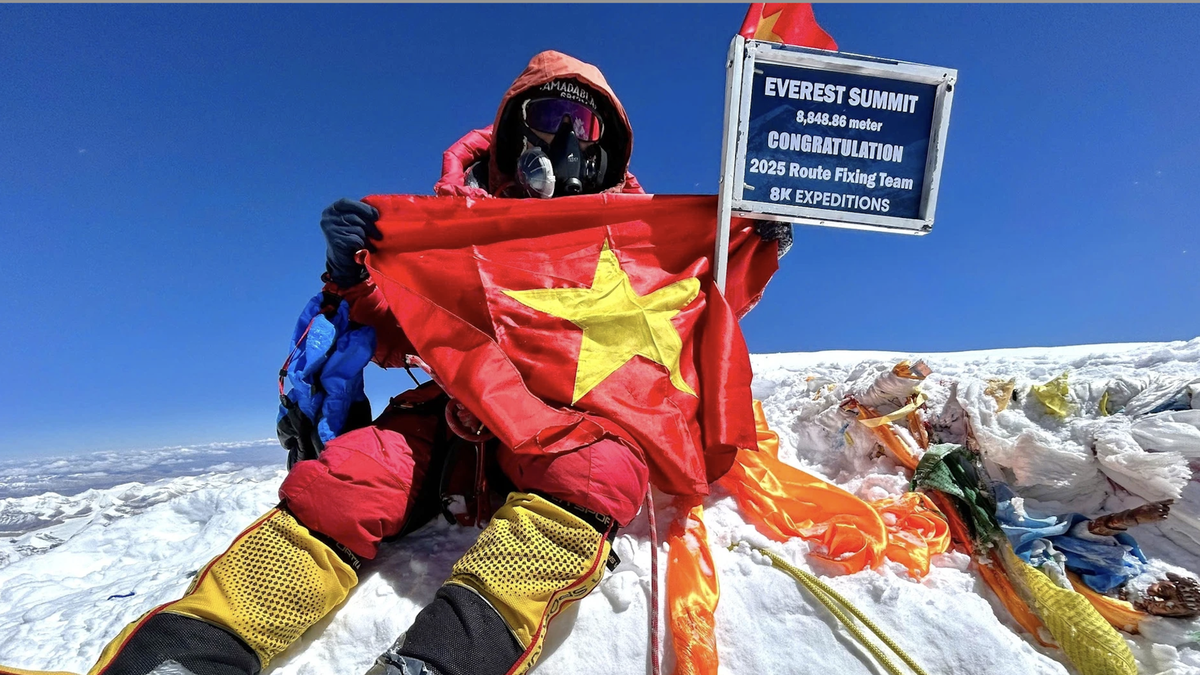
![[Photo] Ready for the top competitions of Vietnamese table tennis](https://vphoto.vietnam.vn/thumb/1200x675/vietnam/resource/IMAGE/2025/5/18/9c547c497c5a4ade8f98c8e7d44f5a41)

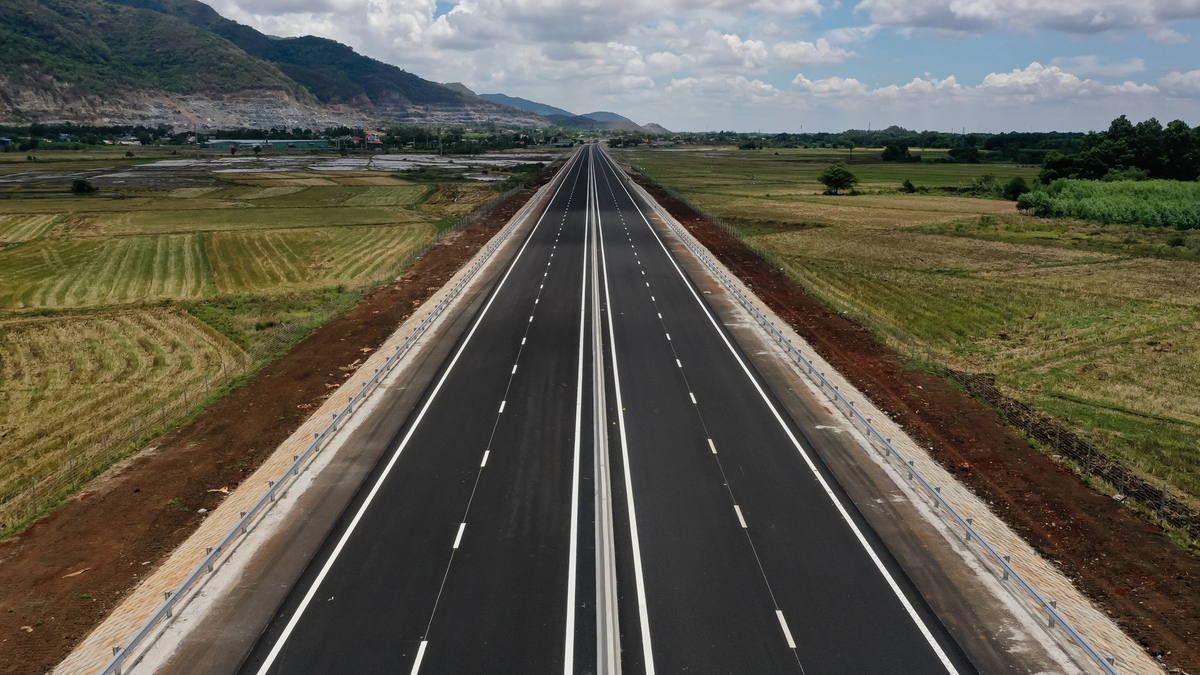
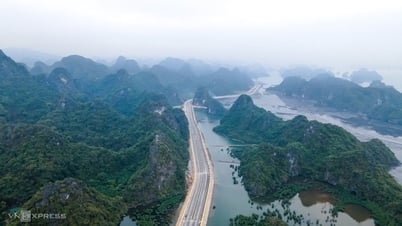

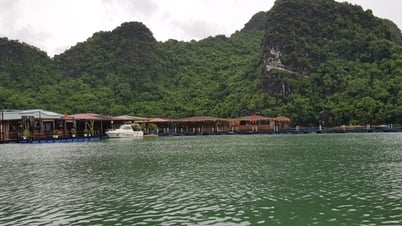




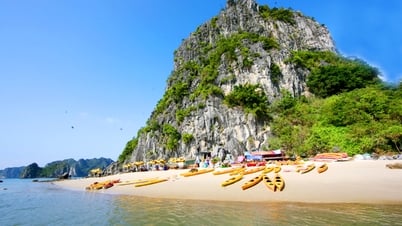

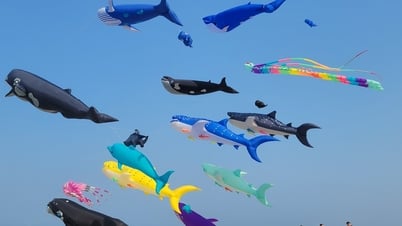

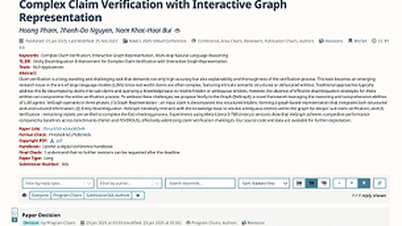



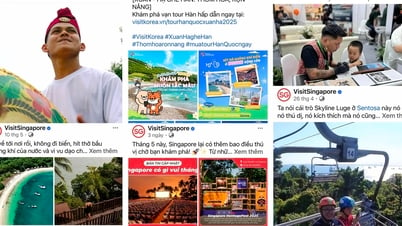

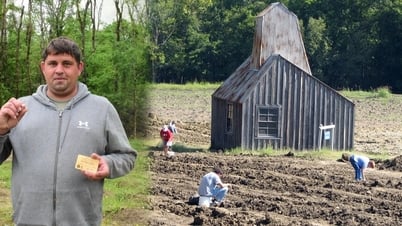



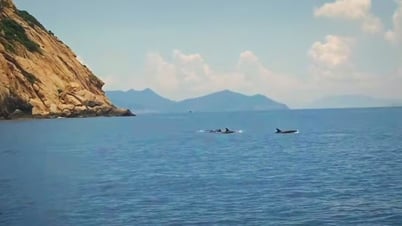
















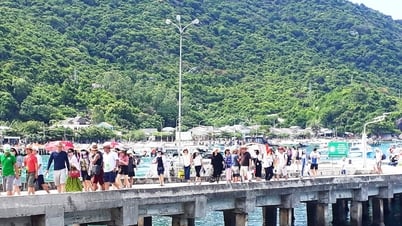
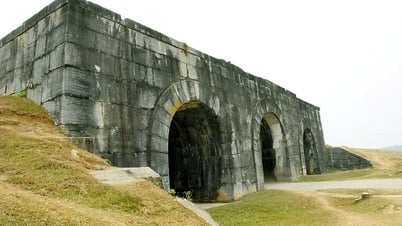




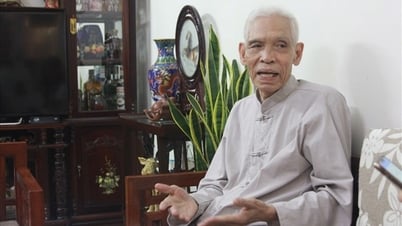
















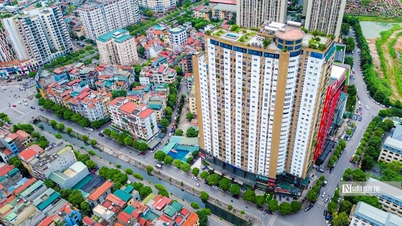



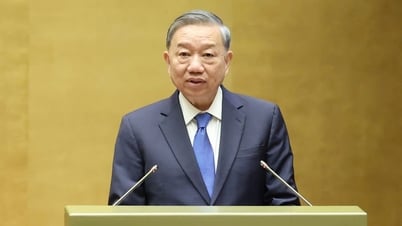



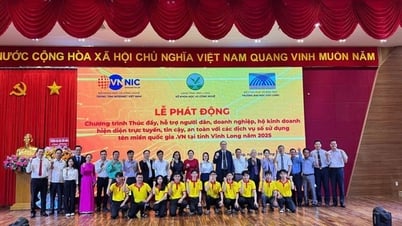


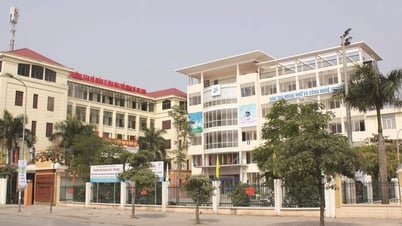

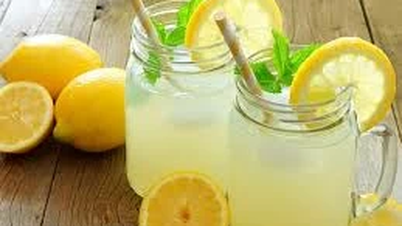



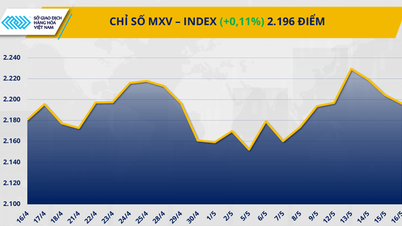

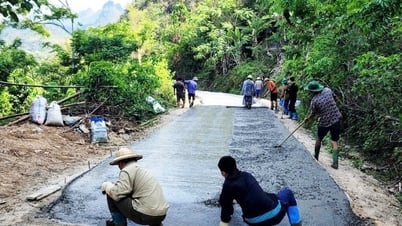



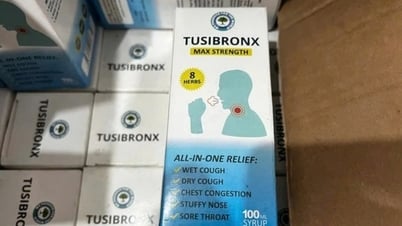

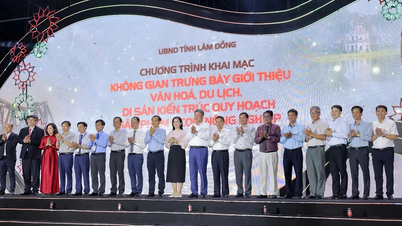
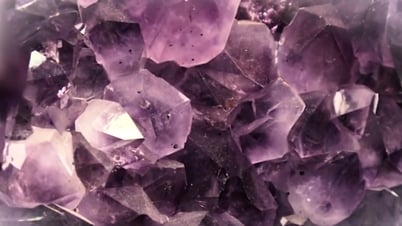






Comment (0)